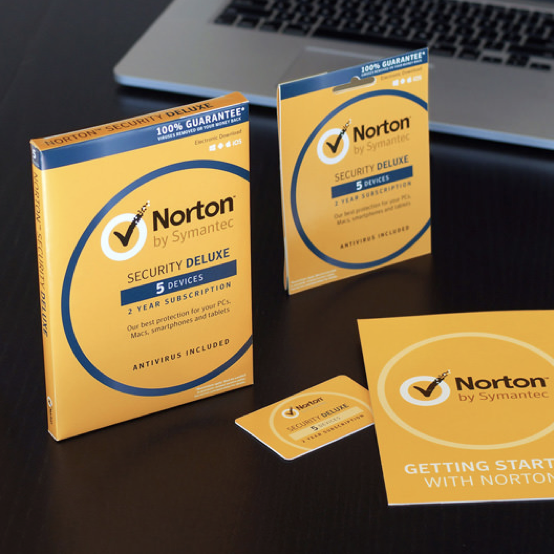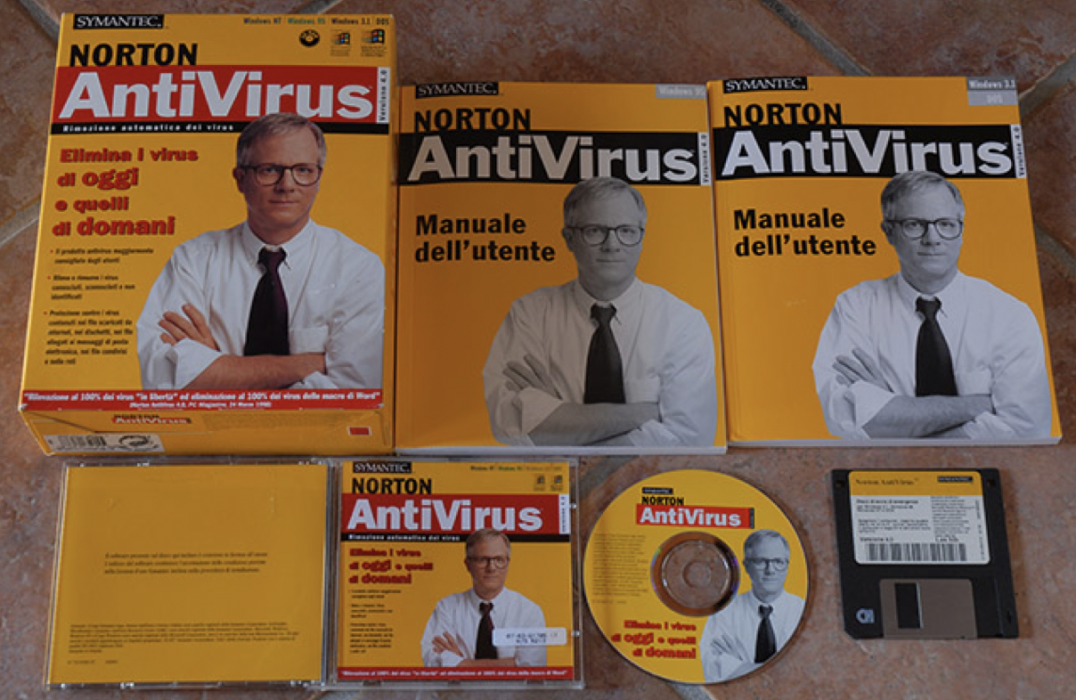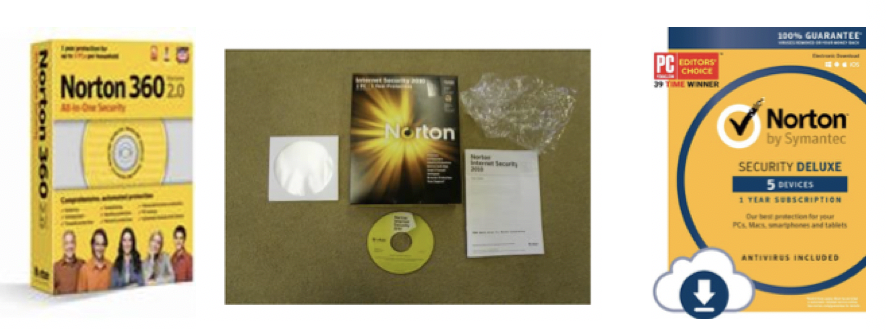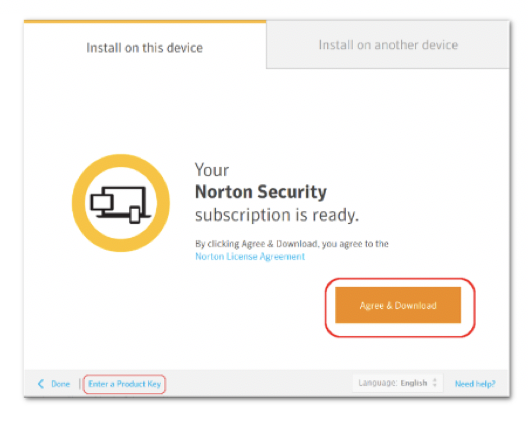The Evolution of Software Packaging
A look back on how moving to small made a big impact
Originally published on Symantec Blog | Corporate Responsibility
By Paris Dieker, Manager, Symantec Corporate Responsibility and Environment
Symantec sells a lot of software. While we do sell hardware, our primary enterprise and consumer products come in software form. Today, the majority of Symantec software products come pre-installed on hardware or is downloaded electronically by customers, and thus requires no physical product or packaging materials.
For software that can’t be downloaded electronically, our customers usually receive a piece of paper the size of a credit card when they purchase one of our products.
In the 1990s and early 2000s however, we sent our customers a large box with mostly air inside. Technology products back then were heavy, and the heavier the product the more you had to package it so it arrived in good condition. Though products began to move from hardware to software at that time, customer preferences didn’t move quite as quickly.
To consumers of that day, a big box meant big value.
Our big box also included a filler, a disc or CD of the product and a large paper manual (sometimes more than one!). This box was then shrink-wrapped using plastic film. The retail boxes were then packed in shipping boxes, wrapped up again for protection and sent off to our customers around the globe.
Over the years we’ve pushed to reduce product packaging, which has greatly reduced the cost of shipping our products and the amount of waste associated with our products. We won a number of Repak Ireland Awards for our work in reducing packaging globally.
To address the environmental aspects of packaging and waste, the European Union (EU) adopted Directive 94/62/EC in 1994 to provide a high level of environmental protection. Using compliance with this legislation as a backdrop for further change, we worked even harder to reduce the materials used in our product packaging.





